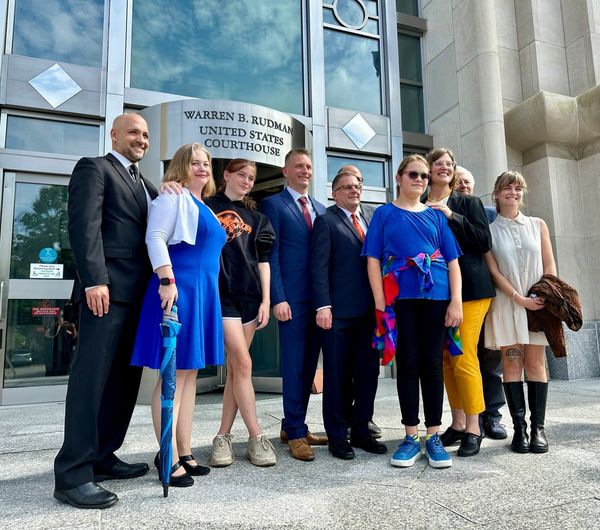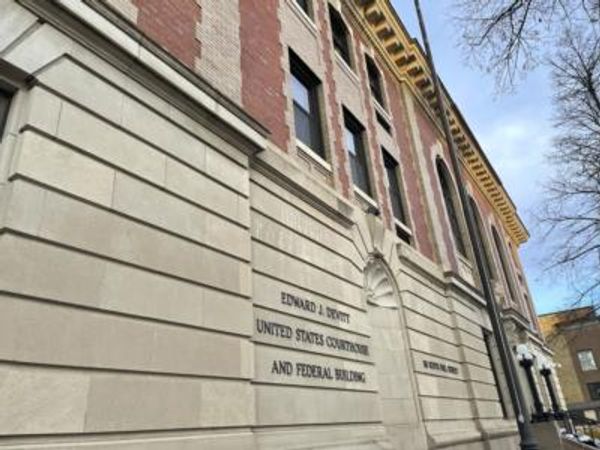
State and territory elections held in 2024 have not delivered the electoral and legislative gains the Greens would have hoped for or expected.
Of the elections conducted this year, the Greens’ performance was, at best, a mixed bag. At worst, it was flat. As the table below shows, the party experienced either slight declines or only modest growth in their first preference vote.

Heading into an election next year, there are potential portents for the federal Greens too.
A poll by Resolve Political Monitor for The Sydney Morning Herald found the party’s net likeability has declined from -11% in December 2023 to -19% in November 2024. Moreover, its national leader Adam Bandt is rated the third most unlikeable federal politician.
The 2022 Australian Election Study (AES) found Bandt ranked highly on trust. It is conceivable that voters can trust someone they don’t like, but this seems unlikely.
Is attention turning voters off?
The Greens have been a particularly assertive presence in the 47th federal Parliament. This, of course, is not without its rewards, if rewards are measured in terms of free media coverage. What is less clear is whether the events that have attracted media attention are to the Greens’ electoral advantage.
Take the cases of the Greens senators walking out of the chamber and holding up placards during Senate questions over the Albanese government’s decision not to call for an immediate ceasefire in Gaza.
While such acts might appeal to the base and younger voters, other segments of the electorate may regard such action as stunts, and behaviour unbecoming of a serious parliamentary party.
Consider also the Greens’ decision in June 2024 to delay the passage of the Albanese government’s Housing Fund, even after the government’s offer of an extra $2 billion in spending on social housing.
The Greens had several concerns about the house funding proposal, key among them its consequences for renters. They said they would not support the bill until Prime Minister Anthony Albanese managed to get the states and territories to agree to a rent freeze.
However, laws for renters are a state matter, not a federal concern. And while some economists agreed the Housing Fund may result in unintended effects for renters, polling suggested the initiative was popular, including among Greens voters.
By September, the Greens announced they would support the bill. The risk for the Greens is that the time it took to secure concessions, and the argy-bargy that surrounded negotiations, supported Labor’s narrative of the party being “inflexible” or a “party of protest”, which is code for “radical”.
With the final parliamentary session for 2024 underway, the Greens are keen to restart negotiations with the Albanese government over housing and the stalled Nature Positive bill.
However, they might have overplayed their hand by holding out for as long as they have. It is possible the party could secure additional concessions from the Albanese government in exchange for their support, but they also might not. In that case, the Greens would have to decide whether to vote down one or more bills, or capitulate. However it ends, and whether fairly or not, the Greens might have squandered any claim to being a constructive and responsible balance-of-power player.
The limits of a party as movement
The Greens’ approach to politics is consistent with the party’s movement origins, grounded in a more expressive and disruptive style of political action, both within and outside of Parliament.
The question is whether that approach is an incongruous and counterproductive fit for a party that is now a longstanding fixture of the political establishment, and has made clear its desire (and intention) to be an alternative party of government.
The Greens must grow their support if they are to realise their ambitions to form government. There is significant opportunity for the party to expand its vote share. There has been persistent decline in voter support for the major parties, and upwards of 22% of voters claimed no partisanship or allegiance to any party in 2022.
The question for the Greens is whether they are positioning the party to take advantage of evident discontent with the major parties, and the growth in non-party identifiers.
The Greens may well succeed in growing their support among younger voters, but are they building too narrow an electoral coalition, and alienating a wider range of progressive voters? Around 18% of enrolled voters are aged 18–29, and the party already attracts strong support among younger voters.
The Greens should also expect that more community independents (such as the teals) will contest an even more diverse range of seats at the 2025 election. Why does this matter? The most recent Australian Election Study found that teal voters were more likely to be “tactical voters who see their preferred party as nonviable in the electorate and use this information to defeat the most viable party”.
The Greens cannot take for granted that disaffected major party voters, and more specifically disaffected Labor voters, will necessarily choose them.
This piece first appeared in The Conversation.
What role should the Greens serve in Parliament — and how can they best achieve their aims? Let us know your thoughts by writing to letters@crikey.com.au. Please include your full name to be considered for publication. We reserve the right to edit for length and clarity.








